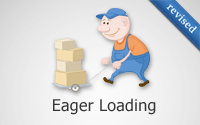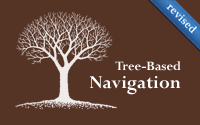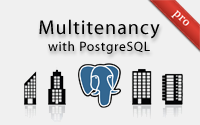Categories
- Active Record
- Active Resource
- Active Support
- Administration
- Ajax
- APIs
- Authentication
- Authorization
- Background Jobs
- Caching
- Code Walkthrough
- Controllers
- Debugging
- Deployment
- eCommerce
- Forms
- Mailing
- Models
- Performance
- Plugins
- Production
- Rack
- Rails 2.0
- Rails 2.1
- Rails 2.2
- Rails 2.3
- Rails 3.0
- Rails 3.1
- Rails 3.2
- Rails 4.0
- Refactoring
- Routing
- Search
- Security
- Testing
- Tools
- Views
Model Caching (revised)
Caching at a low level is a great option when the view is too dynamic to cache and you need something flexible that can work anywhere in the application. Here I show a variety of ways to use Rails.cache with Active Record.
(12 minutes)
Eager Loading (revised)
One way to improve performance is to reduce the number of database queries through eager loading. Here I demonstrate this and compare the difference between the "includes" and "joins" methods.
(7 minutes)
Nested Model Form (revised)
Handling multiple models in a single form is easy with accepts_nested_attributes_for. Here you will also learn how to add and remove nested records through JavaScript.
(11 minutes)
Public Activity
Learn how to easily add a user activity feed using the public_activity gem. Here I show both the default setup using model callbacks and a manual way to trigger activities.
(10 minutes)
Model Name in URL (revised)
A model's ID in the URL is not very helpful to the user. Consider adding the name which can also improve SEO. Learn how to override to_param, add a slug attribute, and make a catch all route for deep nesting.
(9 minutes)
Tree-Based Navigation (revised)
If your Rails app is content-heavy, consider organizing it in a tree menu structure. Here I show how to add top-level tabs, nested links in a side bar, and breadcrumbs to go up the hierarchy.
(10 minutes)
Site-Wide Announcements (revised)
Here I show how to add an announcement message at the top of every page in the application and allow the user to permanently hide it. This is all done test-first and even includes testing the JavaScript behavior.
(11 minutes)
Multitenancy with Scopes
A multi-tenant application can be difficult to implement because the data for each tenant must be completely separate. Here I show how to do this using subdomains and default scopes in Active Record.
(12 minutes)
Tagging
There are several gems to help implement tags in a Rails app. Here I show you how to integrate acts-as-taggable-on and then show how to do it from scratch.
(11 minutes)
Multitenancy with PostgreSQL
PostgreSQL Schemas can help create a multi-tenant app by keeping data separate at the database layer. Integrating with migrations can be tricky though, so watch this episode for the full details.
(11 minutes)










